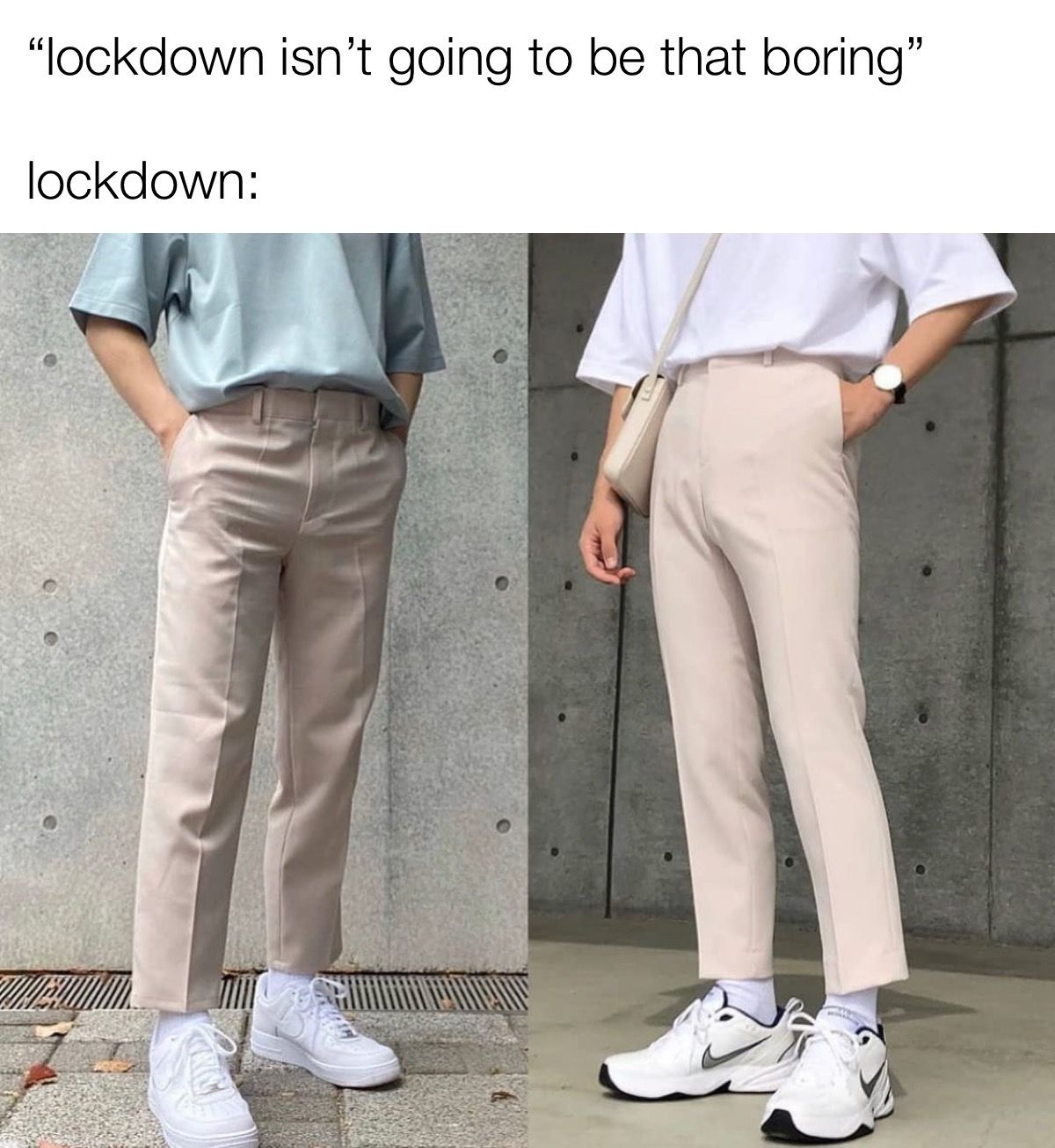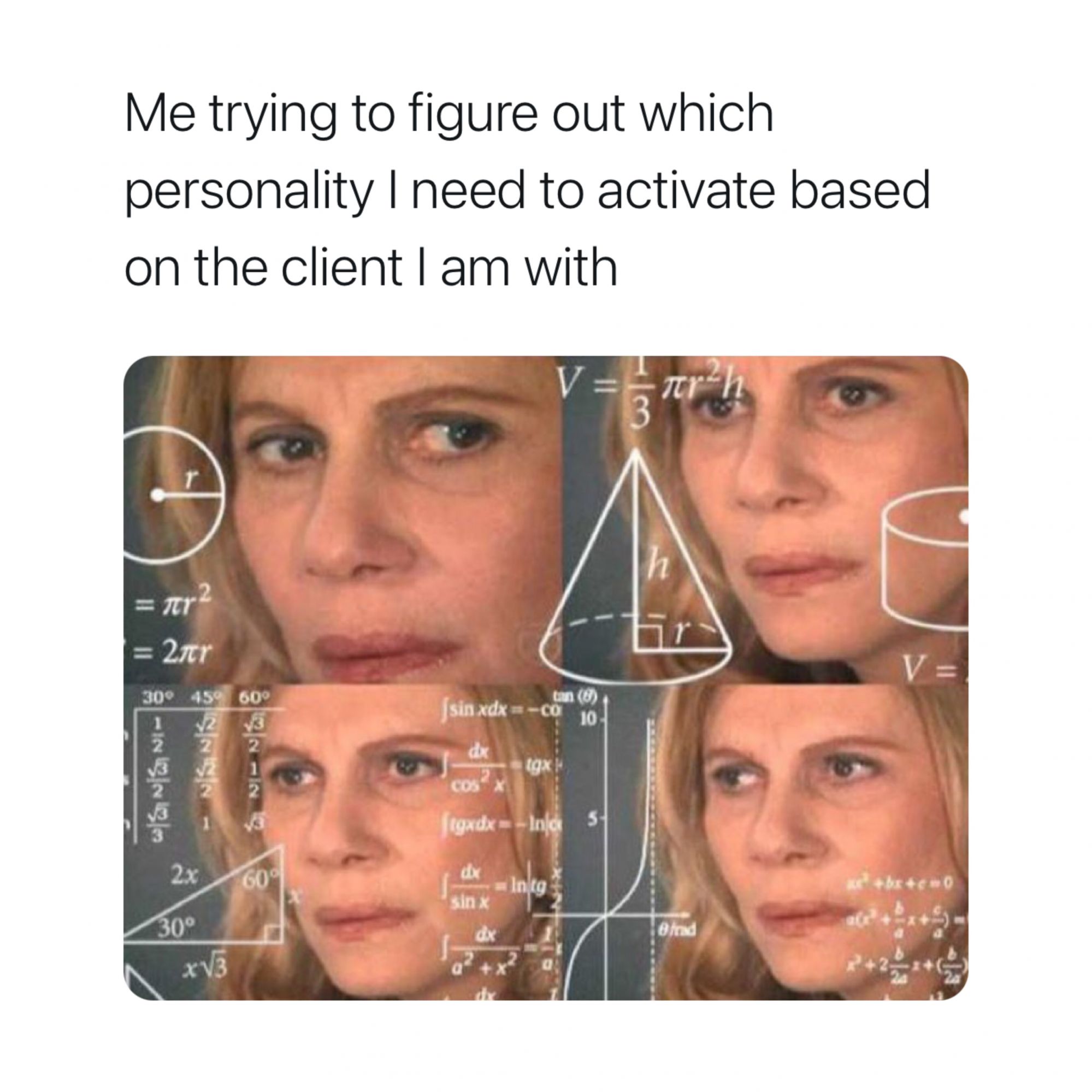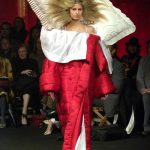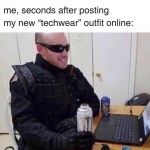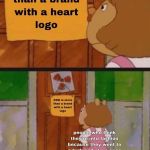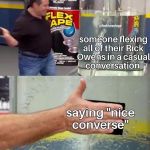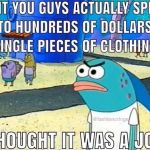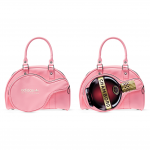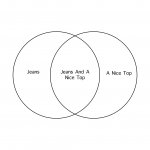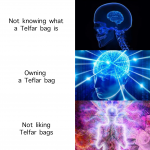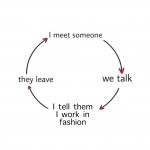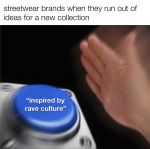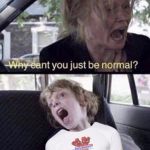The photo of a little girl smiling in front of a fire and one of the most famous paintings of Western art. One is called Disaster Girl, a photo taken by chance that became one of the most viral memes ever; the other is the Tondo Doni, the only painting ever painted by Michelangelo and kept at the Uffizi. Both were sold last month in the form of NFT – and the Disaster Girl was sold for much more. At first glance, Disaster Girl and Tondo Doni couldn't be more different yet both are cultural icons of their respective eras, as are Bad Luck Brian and Overly Attached Girlfriend, two other memes that sold for $36,000 and $411,000 respectively in early April. From the perspective of contemporary art perhaps not – and after all both cases, although separate, tell us about a recent turning point in the world of culture, an inevitable trend accelerated by the pandemic and the consolidation of cryptocurrencies. So much so that many people wonder if a meme can be considered a work of art. One part of the debate considers memes to be a cultural product in all respects, and therefore also an artistic product, the other side considers them only a form of "low" comedy that has nothing to do with real art. All parties, however, agree to the definition of memes as – an extremely cautious term that still recognizes the weight that the birth and spread of online memes has had in today's pop culture.
If, in fact, we were to look in the history of the last twenty years for a completely new type of cultural production compared to the aesthetic categories known to man, memes would be the first thing we would find. And in fact the meme culture has all the implications of a real creative language: it has its instruments, its codes and expressive canons, its symbolism, its ability to synthesize with images and words human events ranging from social situations to geopolitics and even a history and cataloguing. This creative production, however, does not remain without problems: the main one is, in the words of Ara H. Merjian, professor of Italian studies at the University of Berkeley, their «collective and almost authorless shareability» ; but also their post-creative nature and therefore their originality and, finally, their social legitimacy – which would require wide recognition by critics and the artistic market.
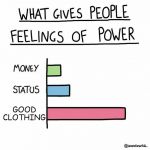
What does a meme represent today?
Speaking to nss magazine, Alessandro Lolli, author of “The war of the meme. A Phenomenology of an infinite Joke”, he clarified the structure of memes as follows: «Most memes, not all, can be divided into two parts: one is the template, or the memetic frame, which is what does not vary; that's overwritten with new content and that's the variable part of the meme. So a meme is composite and has a structure that's always readable». The template or frame is what makes the meme recognizable: it is the image that never changes, the face of the comic rage, the reference to the scene of a movie or a media moment that went viral. The template thus becomes the way in which a meme dialogues and reworks pop culture, immortalizing it. Being isolated from its context, moreover, that moment becomes iconic, loses all its temporary connotations and becomes symbolic of a universal meaning, readable even to those who do not recognize its origin.
Memes therefore represent a space for creative reflection on the collective culture of a given human group, capable of contextualizing pre-existing images and situations to express more general thoughts and feelings and transforming them, in fact, into "open" metaphors. According to Darrin Wershler, a researcher at Concordia University in Montreal, he says that: «Memes should be understood as the digital descendants of artists such as Man Ray, Walker Evans, and Andy Warhol—all vanguards whose practices largely concerned informational and social disruptions». Their nature is often ephemeral, it is true, but their ability to encode a layered message that remains in dialogue with all the other messages that precede and follow it has everything in common with artistic activity and the transmission of themes and languages. If the meme culture finds artistic legitimacy, it will need validation on the one hand by the cultural authorities and the art market; on the other hand, its two main problems will have to be solved: originality and authorship.

How exactly can a meme be original?
One of the main objections to the idea of meme as art concerns once again the template: if it is taken from a pre-existing cultural product, is its status immediately secondary and subordinate to the original work? According to Wershler's reflection, part of the artisticity of memes concerns precisely its ability to question the concept of originality and authorship of art in a manner similar to Dadaism: many works of from the artistic current, that were born as a reaction to the diffusion of photographic printing and the first mass media. For example, Hannah Höch's collages on display at the National Museum in Berlin are new works created from pre-existing photographs, but even the Duchamp Fountain was not physically created by Duchamp - it is a ready-made work that has been recontextualized by the artist who makes it her own. Like this when you scroll through your Instagram feed you meet Kathryn Hahn of WandaVision who winks you don't need to know the history of the series: the wink and her face say everything about the meaning of the meme, without saying anything about its origin. In a way, it's the same mechanism that a music producer takes when sampled a song to create a new base: that sequence of notes is taken, recontextualized, and overwritten by another creative who makes it a new original work. It is a process that calls into question the authorship of a certain work but continues to assume in any case the unifying presence of an individual or a collective – that is, an author.
When the first generation of memes were born on 4Chan in 2003, it was composed largely of rage comics representing a sample of fixed emotional reactions symbolized by a drawn character, had no single authors but functioned as an open work to which everyone could contribute. This anti-authorial nature of memes, or «a meme production chain», as Alessandro Lolli defined it, was intrinsically linked to the "open" structure of online forums. Over time, memes moved from forums to social networks and, around the 1910s, pages managed by individual authors began to be born that began to use watermarks. Alessandro Lolli, however, reminds us: « You always sign the single meme [...]. Only the individual iterations of a meme belong to an author. What we call memes, such as the Distracted Boyfriend template or those listed in Know Your Memes do not take into account the single iteration. The template doesn't have an author and who originally created it is just a historical accident».
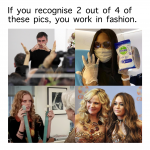
Look, don’t touch
One of the main debates that have animated the art world in recent years has been precisely the paradox of the existence of an "intangible" art: great works of art can almost always be touched by hand, but what is special about a work that exists only in binary code? A few years ago the dominant opinion favoured a concept of tangible art, with the lockdown, society had to rediscover the digital world and its importance in modern life - a process that led to a wider acceptance of "digitized culture" also and above all from art. The digital exhibition has now become a reality parallel to that of the physical exhibition - and in reverse the world of digital memes, already for some years now in reality, has slowly begun to manifest itself in terms of tangible reality thanks to a series of innovative art exhibitions organized throughout Europe.
The first exhibitions dedicated to memes in Rome or Berlin by the Italian Ornella Paglialonga tried to solve this knot by reporting the names of the authors of a certain meme as one would report that of an artist. But this shifts the problem without changing it: although, according to Lolli himself, strict comparisons can be made between today's meme culture and the historical avant-gardes of the 1900s, the only difference remains that of the authors. The manipulation of codes is basically the same as that we see in those artistic movements, yet that of the avant-garde was carried out by a handful of intellectuals, often adherent to a manifesto, while memes are a product of mass and, according to some, precisely for this reason they represent a radically freer form of art.
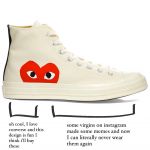
The missing pieces: frogs and blockchain
One of the most famous "first generation" memes ever is Pepe The Frog, it was co-opted by a political movement (in this case, the american ultra-right or alt-right) in a process as complex as it is interesting, which made the meme "a right-wing art" (conceding the famous slogan Left can't meme) for many years in opposition to progressive thinking trapped by "politically correct" incapable of being edgy and self-devolved. One of the very first metaironic jokes born years ago on 4Chan was the Rare Pepe, that is, the original character was jokingly called "rare" when it was graphically modified or inserted in a new context. In 2018, developer Joe Looney founded Rare Pepe Wallet which was the first online marketplace dedicated to a meme and based on blockchain. It's only antecedent is the online game Spells of Genesis, which used blockchain to have its users exchange digital cards.
Pepe The Frog's images were bought and exchanged just like collectible cards (some had the same card format as Magic: The Gathering), authenticated via the blockchain and also sold at exorbitant prices: the record was first broken in 2018 when at the Rare Art Digital Festival a Pepe the Frog with the appearance of Homer Simpson was sold for $38,500. Later, the buyer, Peter Kell, resold it as an NFT last March at $321,440 using the Ethereum crypto-currency. With Rare Pepe Wallett you can perhaps talk about the first real marketplace of online memes – a space still dedicated to a small circle of enthusiasts and collectors but which demonstrates beyond any doubt how blockchain technology, which was first applied to art in 2014 (quantum timestamp, the first NFT ever created reads "05-03-2014 09:27:34") , is developing. Today, however, just under a decade later, the FTTs have found a place in the mainstream art market and Quantum himself will be auctioned off by Sotheby's in the week to June 3-10.

Is there a future for memes in the art market?
There is a future, but above all there is already a present. If the NFT wave continues at this rate, we may start seeing memes sold as works of art by the end of the year as well. There's only one factor that's still missing from the equation: time. Seeing that art and digital illustrations existed well before the first NFT and found recognition only six or seven years later, the expressive form of memes still has a way to go. Probably, the first generation that created them may need to come to dominate the art world so that their mixture of "high" and "low" culture can be understood – not unlike how Supreme took twenty-three years to become a brand famous and prestigious enough to collaborate with Louis Vuitton, as well as a creative director, Kim Jones, who admired him for having known him during his youth.





